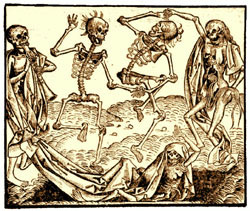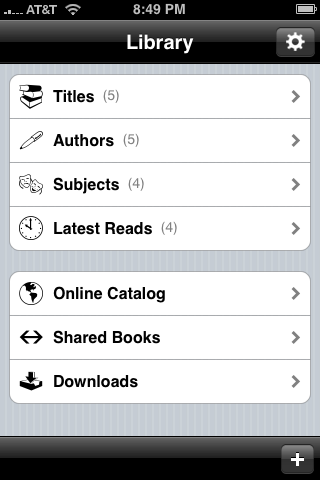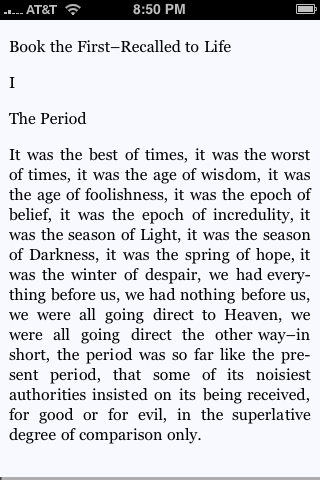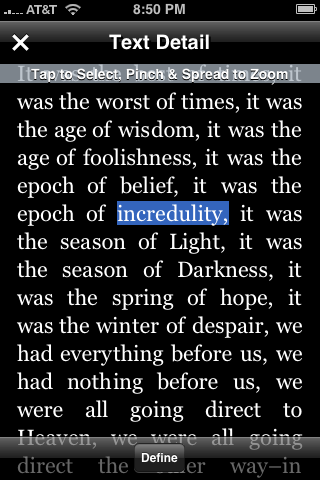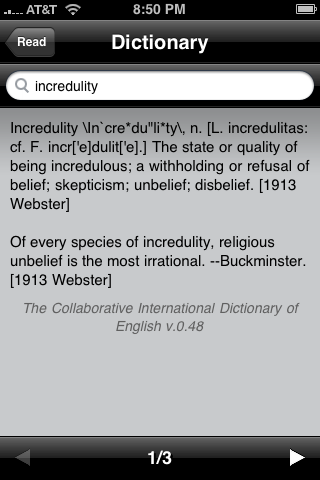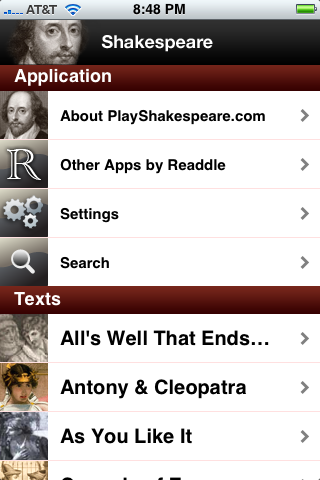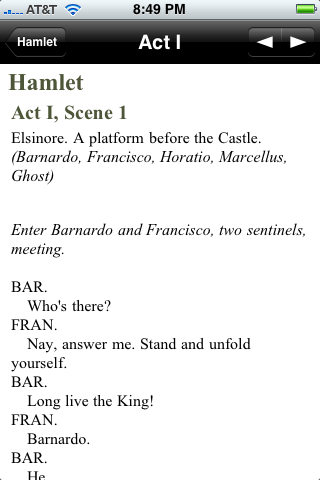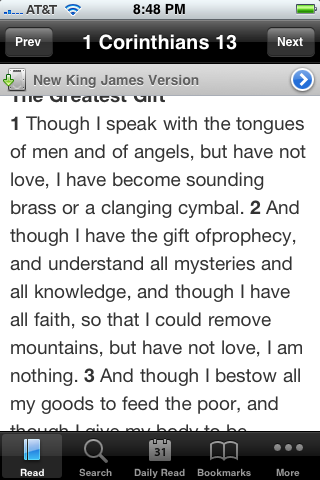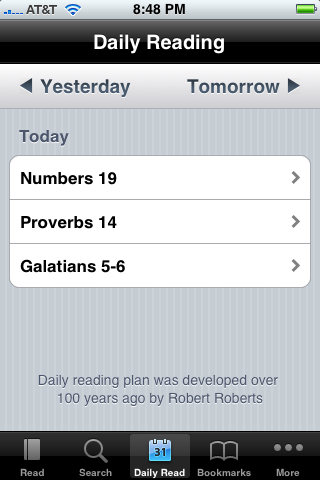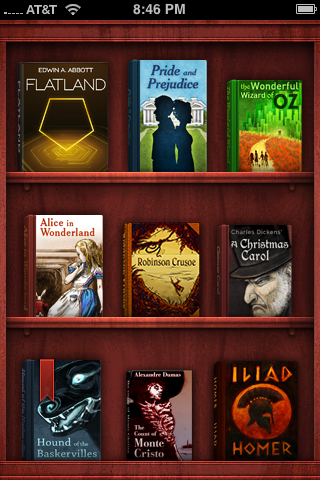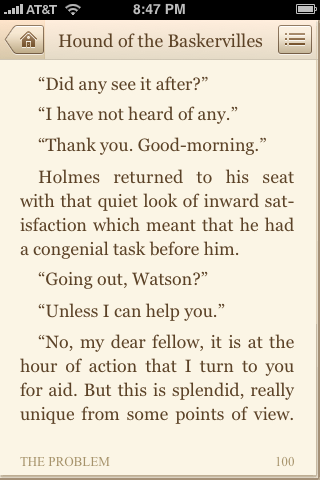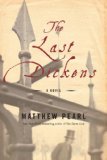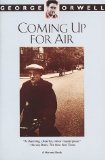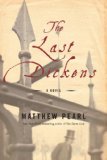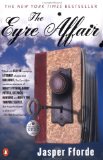I like reading-related memes, and I was actually Googling to find one today. I encountered one I haven’t seen before at Lucy Pick Books. The post is dated July 9, 2008, but I’m bringing this meme back.
Do you remember how you developed a love for reading?
I have loved reading as long as I can remember—even before I could read myself. I have a clear memory of holding my copy of Dr. Seuss’s The Cat in the Hat in my hands, wishing I could read it by myself. I probably had it memorized. I was always reading as a child. I liked reading to learn (a favorite early topic was dinosaurs) and reading for pleasure. I have always loved being read to.
What are some of the books you read as a child?
I read Gertrude Chandler Warner’s The Boxcar Children (and later some of the mysteries in that series), Judy Blume’s books (Superfudge, Tales of a Fourth Grade Nothing, Blubber, Tiger Eyes, Otherwise Known as Sheila the Great, Iggie’s House, Are You There God? It’s Me Margaret, Then Again Maybe I Won’t), Beverly Cleary’s books (the Ramona books, Ellen Tebbits, Socks). I loved E. L. Konigsburg’s From the Mixed Up Files of Mrs. Basil E. Frankweiler (I really wanted to live in a museum after that). A favorite I re-read several times was Sterling North’s Rascal. I checked it out of the library many times. Sterling North was one of the first authors I wanted to write to, and I was so sad to discover he had died when the media specialist at my school helped me look up his contact information. When I was older, I read a series of teen romance novels—Sunfire Romances. Does anyone remember those? I particularly remember reading Cassie and Danielle by Vivian Schurfranz, Victoria by Willo Davis Roberts, and Susannah by Candice F. Ransom. I liked those stories because I learned about history. Many times these books had me pulling out my encyclopedias to figure out who Jean Lafitte was, or to learn more about the Texas Rangers. I had already read Gone with the Wind by the time I read Susannah, and I remember feeling disappointed by some similarities between the two novels. It might be that these novels sparked the interest in historical fiction that I still have today. I also enjoyed books by Lois Duncan. My favorite was Stranger with My Face, although I liked them all.
What is your favorite genre?
I suppose it’s historical fiction, but I like fantasy, too. I have learned to be selective about fantasy after some disappointing reads. If you want my opinion, the best fantasy around (aside from Tolkien) is written for children: the Harry Potter series, Lloyd Alexander’s Chronicles of Prydain, C. S. Lewis’s Chronicles of Narnia, and Susan Cooper’s Dark is Rising Sequence. I read nonfiction, especially if it is related to the Middle Ages, Shakespeare, the English language, and the like. In terms of historical fiction, I especially like novels set during the Middle Ages or Victorian Britain. I like to read the Victorian classics. Jane Austen is a favorite, though she precedes the Victorian period.
Do you have a favorite novel?
I have several favorites: Harry Potter and the Deathly Hallows by J. K. Rowling, The Great Gatsby by F. Scott Fitzgerald, Pride and Prejudice by Jane Austen, and The Lord of the Rings by J. R. R. Tolkien.
Where do you usually read?
In my bed, but now that I have an iPhone with several reading apps, I will also read in line and while waiting for any purpose. I also read quite a bit in the tub.
When do you usually read?
While taking an evening bath and right before I fall asleep.
Do you usually have more than one book you are reading at a time?
I’m not too good at juggling multiple books, but in the last few years, I have usually had at least two going at any one time. Right now I have two going: one on my nightstand, and one on my iPhone.
Do you read nonfiction in a different way or place than you read fiction?
Not really, unless it’s professional reading or reading for grad school. I tend to highlight and write in grad school books and professional books.
Do you buy most of the books you read, or borrow them, or check them out of the library?
I buy them. I need to be better about using the library.
Do you keep most of the books you buy? If not, what do you do with them?
I keep all of them. I probably should give some away just because our house is bursting with books (they’re not all mine!), but I can’t bear to give away a book if I’ve enjoyed it.
If you have children, what are some of the favorite books you have shared with them? Were they some of the same ones you read as a child?
The Harry Potter books were a joy to share with my oldest daughter, and I look forward to sharing them with the other two when they’re ready. I also read the Ramona Quimby books with Maggie. I had, as I said, read those as a child, and it was nice that she enjoyed them. I was sad to revisit Heidi with Maggie only to learn Heidi is a bit too good to be true—to a rather annoying degree actually, and the story itself a bit too treacly.
What are you reading now?
I’m reading Jasper Fforde’s The Well of Lost Plots and Wilkie Collins’s The Woman in White. You can always see what I’m reading in the sidebar of this blog thanks to a WordPress plugin called Now Reading. I also update Goodreads with what I’m currently reading; however, if it’s not in the sidebar, it means it’s really just on my nightstand and I’m in the middle of it, but I haven’t picked it up in a while.
Do you keep a TBR (to be read) list?
My mom writes books she wants to read down in a notebook, but I had been kind of bad about keeping track of that sort of thing until Goodreads. I can mark books as “to-read,” which has encouraged me to keep a TBR list.
What’s next?
I am either going to read Jasper Fforde’s Something Rotten, which is the next in the Thursday Next series I’ve been reading, or I will return to Terry Jones’s Who Murdered Chaucer? or Charles Dickens’s A Tale of Two Cities. I have been looking forward to Anthony Burgess’s A Dead Man in Deptford and Jennifer Lee Carrell’s Interred with Their Bones.
What books would you like to reread?
I’d like to return to the Harry Potter series again, especially when Maggie and Dylan are old enough to read them. Maggie doesn’t seem at all interested, but Dylan does. However, he’s only six, and I think he needs to be at least nine or ten. I would like to re-read The Lord of the Rings again. I plan to return to The Poisonwood Bible by Barbara Kingsolver and The Mists of Avalon by Marion Zimmer Bradley.
Who are your favorite authors?
J. K. Rowling, J. R. R. Tolkien, Jane Austen, William Shakespeare, Barbara Kingsolver, F. Scott Fitzgerald, and Sir Arthur Conan Doyle.
If you would like to play along, consider yourself tagged.


